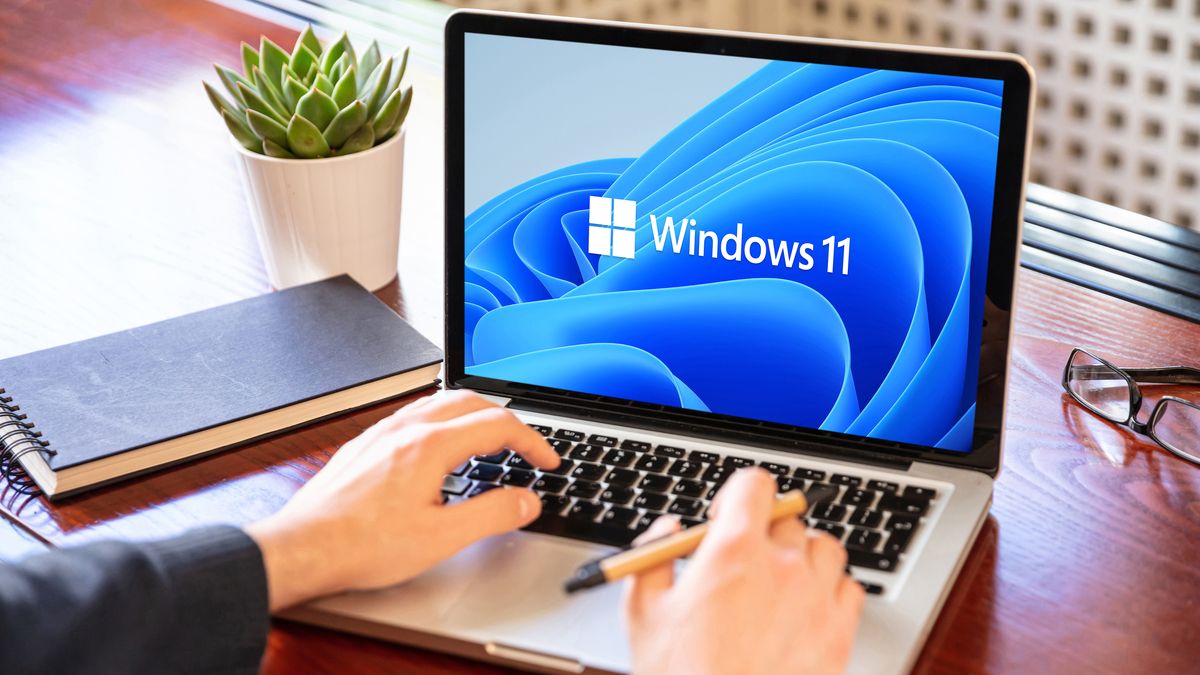Quick Links
Windows 11 is notorious for its system requirements. But who wants to upgrade their hardware when it works perfectly well? If you bypassed the Windows 11 hardware requirements, the "System Requirements Not Met" message probably affects you.
What "System Requirements Not Met" Means
If you're seeing the message informing you that your PC is "unsupported," there are a limited number of explanations. The first is that you bypassed the hardware requirements for Windows 11 and forced it to install on an unsupported PC. The second possibility is that your PC was supported, but something changed --- like a UEFI setting related to TPM --- that has made it unsupported.
It isn't clear what the consequences of the "System Requirements Not Met" message will be yet, though Microsoft has repeatedly stated it will not guarantee future updates for unsupported devices. At the very least, it is possible some future security updates or features won't function without TPM 2.0 and Secure Boot. If you're using Windows 11 on an unsupported PC, you may very well find yourself left behind without updates in the future.
Microsoft provides a helpful "PC Health Check" tool that should be able to tell you exactly what the issue is --- if it can't, or you don't want to use it, here are some things that could be the problem.
CPU Support Issues
The CPU requirements for Windows 11 are pretty strict --- even relatively modern processors, like 7th generation Intel CPUs (2017) or 1st generation Zen CPUs from AMD (2017) --- are not supported. Microsoft has an exhaustive list of supported CPUs from Intel, AMD, and Qualcomm on their website.
If you used this registry hack to bypass the installation requirements, this is probably the origin of your message.
Motherboard and UEFI Issues
If you're using a computer running a BIOS, or UEFI in BIOS Legacy Compatibility mode, Windows 11 will not install without a registry hack or some other bypass method.
Hard Drive Issues
If you have a boot drive that has been around a while, it could be responsible. Windows 11 requires that your motherboard utilize UEFI, and that your boot drive is partitioned using GPT.
However, MBR was the default partition scheme for a very long time. It is possible that your computer is booting Windows off of a drive set up using MBR, and is forcing UEFI to run in BIOS legacy mode. With Windows 7, 8, or 10, this isn't an issue, but Windows 11 won't allow it.
If you bypassed the normal Windows 11 UEFI and GPT requirements, this could be the origin of the "System Requirements Not Met" message.
Secure Boot/TPM
Secure Boot and Trusted Platform Module (TPM) 2.0 are both required by Windows 11, though you can install it without either.
Secure Boot and TPM can be configured from UEFI, so it is possible to disable them after installing Windows 11. If you do that---and manage to boot---it could also be the cause of the message.
Other Hardware Issues
Windows 11 has additional hardware requirements too, but they're not likely to be the source of the message. If you've checked all of the previous issues and you're sure that they don't apply, you should check and make sure all of your hardware is being detected correctly.
Windows 11 requires that your system have four gigs of RAM, minimum. If you've recently upgraded or replaced your RAM or moved your computer, double-check to make sure all of your RAM is seated correctly.
It is also possible that the issue arises from an outdated GPU. It isn't very likely, since any GPU newer than the GTX 400 series (2010) or the AMD 7000 series (2012) should work just fine.
If you're running Windows 11 on a virtual machine with a small virtual drive, or on a physical drive, that could explain it. Windows 11 must be installed on a drive larger than 64 gigabytes --- if your boot drive is smaller than that, you should seriously consider buying a new SSD.

